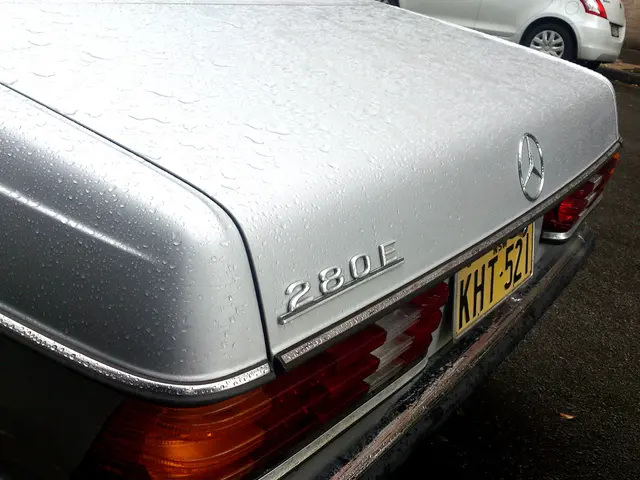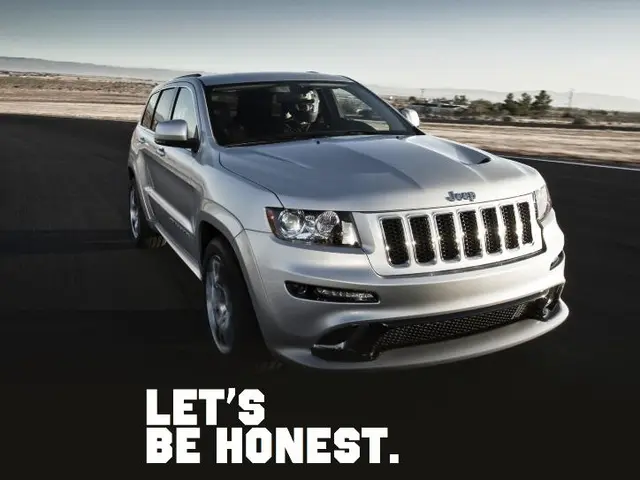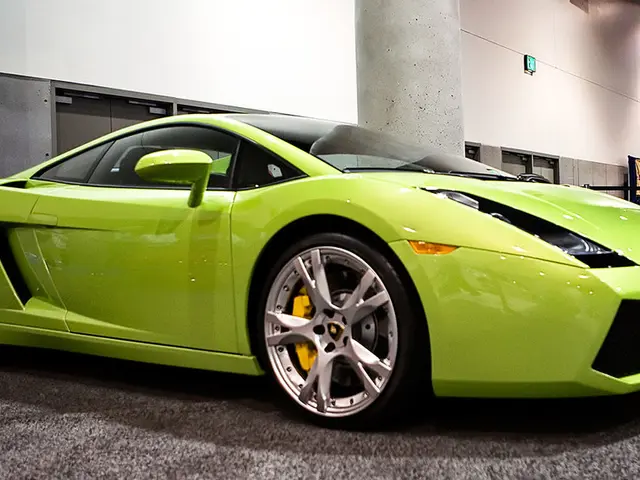Intrigued by the Rows on Rear View Cameras?
Reversing a vehicle can often be a challenging maneuver for drivers, especially when it comes to parallel parking. Backup cameras have made this process simpler and safer, allowing drivers to have a better view of the area behind their vehicle.
When a driver shifts into reverse in modern vehicles, an image of the area behind the vehicle appears on the infotainment screen. Lines or brackets are overlaid on the image, with each manufacturer offering a slightly different layout. Generally, slanted vertical lines indicate the width of the vehicle, while horizontal lines or brackets show distances from the rear bumper.
Backup cameras have their origins in the 1956 Motorama at General Motors, where the Centurion concept car featured the first backup camera concept. The technology did not function at the time, but the idea would gain traction, leading to the installation of rearview camera systems in new vehicles from 2018.
Backup cameras can help prevent accidents, particularly as vehicles have become larger, taller, and more difficult to see around. Shorter drivers may have additional difficulties due to the decreased visibility that comes with height. Backup cameras provide a solution by displaying a video of the area behind the vehicle on the infotainment screen.
However, backup cameras do have their limitations. They cannot replace visual checks around, behind, and under the car, as well as mirror checks and looking over the shoulder. Backup cameras should be used as an aid rather than a complete solution to rear visibility.
Backup cameras are also part of advanced driver assistance systems (ADAS), which aim to improve safety and make parking easier. In addition to backup cameras, other driver assistance technologies like rear automatic braking and automated parking are available, although they operate at different levels of automation.
The lines on the backup camera screen serve as guardrails to help drivers judge the size of their vehicle and the distances behind it. Slanting vertical lines represent the vehicle's width, while horizontal lines or brackets extend beyond the rear bumper to show set distances. These guidelines may vary by manufacturer and are based on paved, level surfaces. It is essential to check the owner's manual to understand the specific guidelines for your vehicle.
Dynamic grid lines may also appear on the screen, moving as the driver turns the steering wheel. These curving lines provide a visual representation of the expected path the vehicle will take.
When using backup cameras, it's crucial to check blind spots, keep the car clean, stay alert for overhangs and changes in terrain, and always look around for a complete view. Backup cameras are an essential tool for safer driving, but they must be used responsibly.
For more information on diagnosing and repairing backup cameras, consult ChiltonLibrary. In 2024, several automakers, such as Ford, Stellantis, Honda, Hyundai, Nissan, and Volkswagen, issued rearview camera recalls.
- Modern vehicles equipped with backup cameras display guidelines on the infotainment screen, such as slanted vertical lines indicating the width of the vehicle and horizontal lines extending beyond the rear bumper to show set distances, aiding drivers in judging the size and distance of their vehicle while reversing.
- As technology advances, backup cameras are integrated into advanced driver assistance systems (ADAS), complementing other features like rear automatic braking and automated parking, promoting vehicle safety and ease of parking, yet it's essential to remember that backup cameras should be used as an aid rather than a complete solution to rear visibility.








